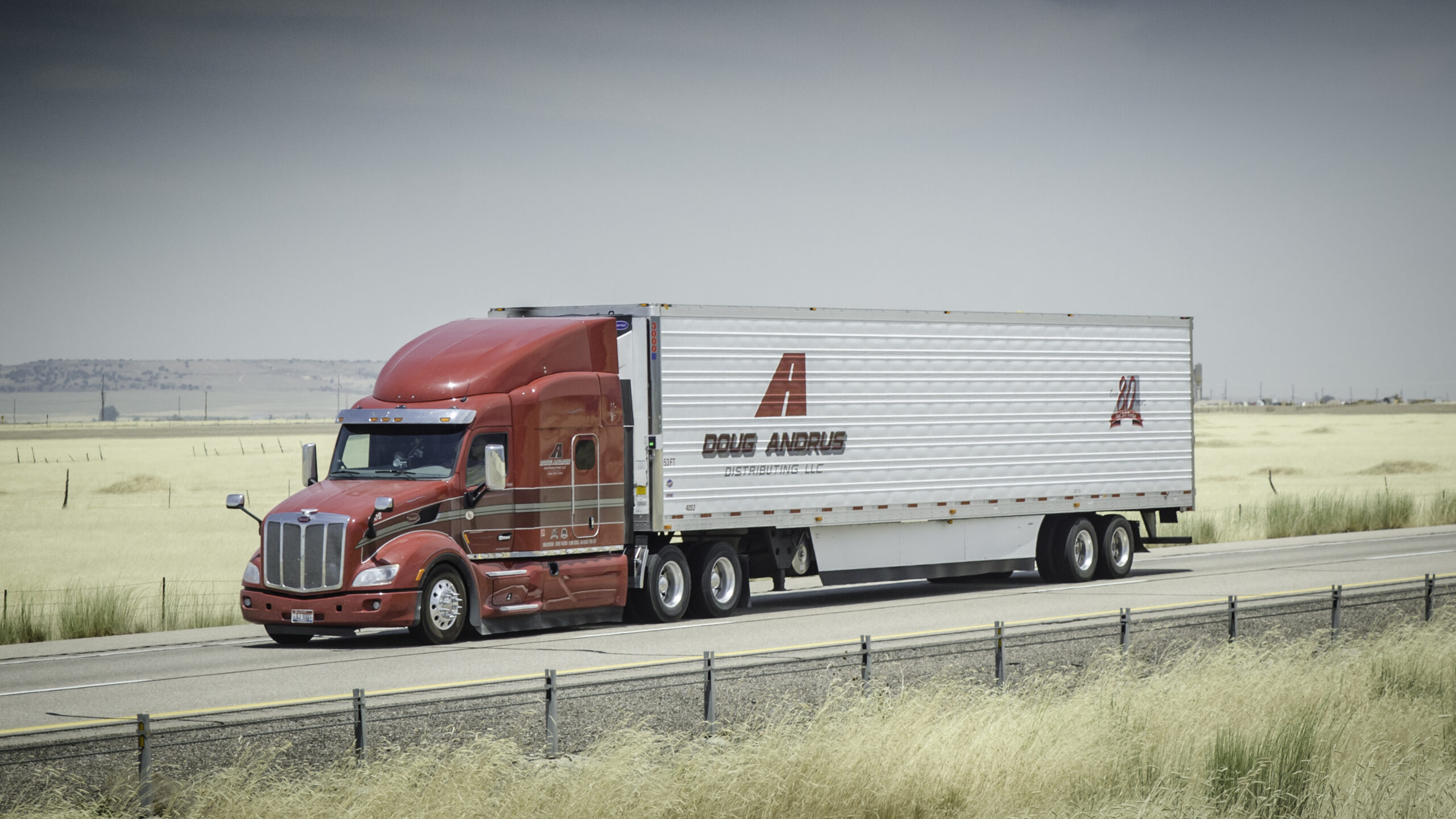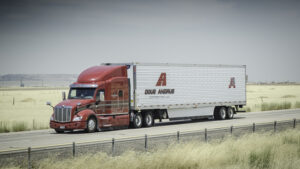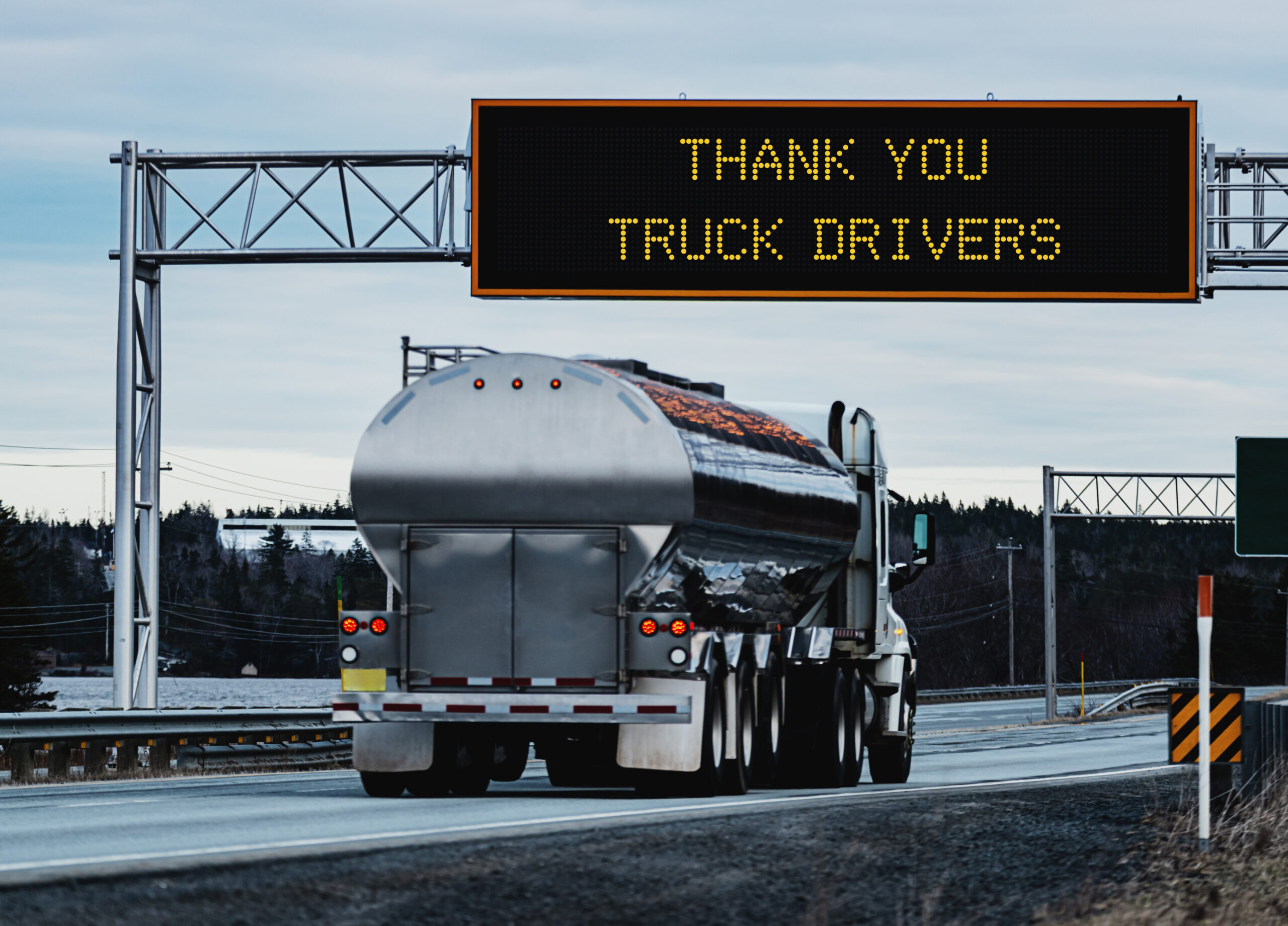[Case Study] Doug Andrus: Improving Driver Conditions with Data and Insights

Doug Andrus Distributing was looking for a way to gather feedback from its 275 drivers.
The Idaho-based trucking company has prided itself on being a family-oriented business since 1937. The company lists its employees as one of its most important assets and wants make sure that employees are listened to and “involved in the decision-making process.” Yet it struggled like other companies to keep tabs on drivers’ daily concerns.
Until last year, the company had never used any tools or software to track the concerns and issues its drivers faced across the U.S. and western Canada. When it came to setting company policy, management was making decisions about what might work and hoping that those choices were the right ones.
The company started using WorkHound because it was looking for a way to gather more data about drivers’ concerns. It wanted to make informed decisions about policy, equipment, and benefits, according to Trent Belnap, General Counsel and Vice President for Safety and Human Resources.
“Driver feedback is important because without it, you’re mostly guessing whether some change to policy or some new incentive will be seen as a positive by the workforce,” he said. “With feedback, you can tailor your programs to suit what the drivers really care about.”
Driver feedback has played an instrumental role in executive decisions. It’s an almost daily topic in management meetings. Data and insights have led to positive changes for drivers — big and small.
As a result of driver feedback from WorkHound, Doug Andrus has:
- Ordered newer and nicer equipment, including satellite radios at no cost to drivers, premium leather seats, upgraded mattresses, inverters, and CB radios
- Resolved several critical concerns via “driver reveal” that could have resulted in the driver cutting ties with the company
- Initiated a paid vacation program
- Increased detention pay
- Increased the governed speed of trucks
- Upgraded drop yard facilities with portable lavatories and waste receptacles
When companies rely on distributed workforces, they can struggle to identify challenges that are more apparent with daily face-to-face interactions. Without a clear strategy for learning about these issues, little annoyances can grow into big problems for employees and a company’s bottom line.
WorkHound bridges that critical gap. The mobile platform gives frontline employees an anonymous venue to raise their concerns in real-time. Companies can use this data to better listen to and learn from their employees. With insights from the field, management can better avoid top-down initiatives that sound great in a boardroom, but have little impact in the real world. It opens lines of communication and aligns employees and management toward common goals.
Driver retention is a major, ongoing challenge in the trucking industry. Research shows that the average national turnover rate is 95 percent. According to Forbes, the cost is approaching $10,000 for each lost driver.
Doug Andrus has fared better than many others in the industry, as the company’s turnover rate has dropped 22 percent since 2015. Belnap doesn’t attribute the downward trend to one specific tool or decision, but he thinks WorkHound has led to changes that excite drivers and will help improve retention in the future.
“This hopefully leads to drivers being more content, which we hope decreases the likelihood they will be scanning the job boards during their 10-hour break,” he said.
Let's Build Better Workplaces Together
Revolutionize your company culture and your worker retention rates by improving communication and engagement.
Book a Demo


